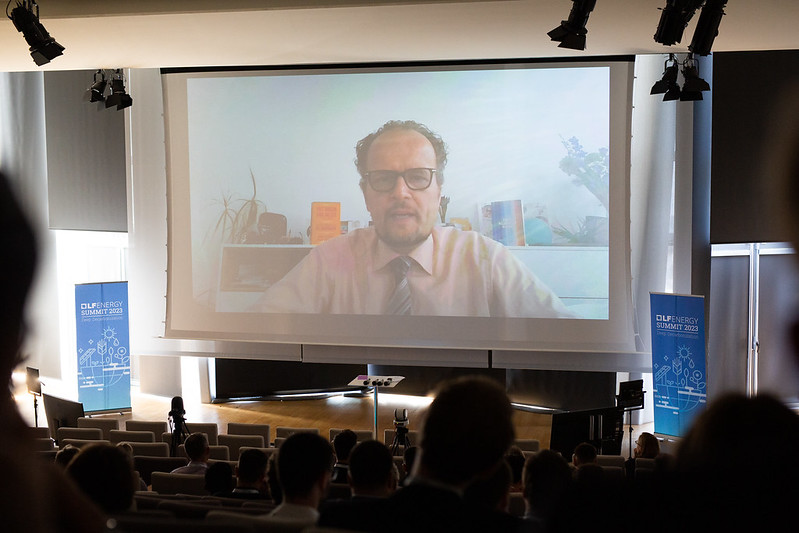LF Energy Summit Recap: The Role of Open Source in Europe’s Green Energy Transition
In a video message presented at the LF Energy Summit (full video follows below), Mark van Stiphout, Deputy Head of Unit at DG Energy, European Commission, addressed the audience and expressed his support for their work in achieving the goals of the Green Deal. van Stiphout emphasized the significance of open source solutions in the European Union’s ambitious transition to a sustainable and climate-neutral energy system. Let’s dive into the key points from his keynote.
Ambitious Energy Goals
The European Union has set ambitious targets for its energy system as part of the Green Deal and the Fit for 55 package. The objective is to become the first climate-neutral continent, with concrete targets for 2030. These targets include reaching a minimum of 42.5% renewable energy in the EU’s overall energy system, translating to over 70% renewables in the electricity system. Additionally, the EU aims to phase out internal combustion engine cars by 2035 and replace fossil fuel-based heating systems with heat pumps.
Challenges and Requirements
To meet these targets, significant changes and investments are necessary in the electricity system and grid. The energy transition requires the development of new business models, increased flexibility, and the digitization of the energy sector. This implies investing in smart technologies, digital solutions, and a more intelligent grid infrastructure. The electrification of transportation and heating systems further adds to the demands on the electricity grid.
The Importance of Open Source
van Stiphout highlighted the critical role of open source in realizing the future of the European energy system. Open source solutions offer three key advantages. Firstly, open source fosters innovation by allowing for the sharing of ideas and collaboration. It ensures that the results and solutions developed through research projects can be utilized beyond the project’s lifespan, enabling continuous innovation and market implementation.
Secondly, open source promotes cooperation and joint problem-solving. Instead of each company or operator reinventing the wheel, collaborative efforts can accelerate progress. By sharing best practices and jointly developing solutions, the industry can overcome challenges more efficiently and effectively.
Thirdly, open source provides the flexibility needed to address the rapidly evolving energy landscape. As the energy transition progresses, new and unforeseen innovations will be required. Open source allows for an agile approach to innovation, enabling adaptations and improvements as new knowledge emerges.
A State of Mind for the Future
van Stiphout emphasized that adopting an open source state of mind is crucial for developing a sustainable European energy system. The challenges ahead require collective effort and a shared commitment to lifting the entire electricity system to meet future demands. Despite initial skepticism, Europe has made significant progress in renewable energy adoption. However, further innovation and development are needed to achieve the 2030 targets.
With ambitious targets and the need for collaboration, innovation, and flexibility, open source can provide the necessary framework for achieving a sustainable, climate-neutral energy system. By embracing this approach, Europe can drive the necessary transformations and make its energy sector fit for a greener future.
